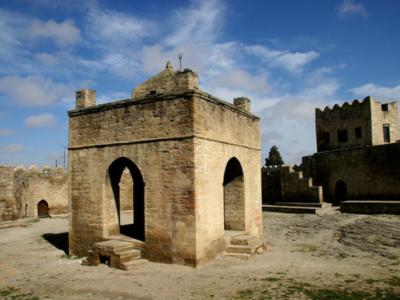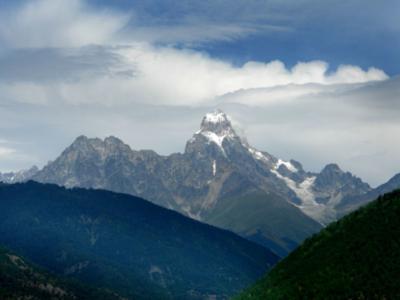The Caucasus region, a true crossroads of Eastern Europe and Western Asia, is a tapestry of cultural and geographical diversity. Nestled between the Black Sea and the Caspian Sea, it encompasses the modern-day nations of Armenia, Azerbaijan, Georgia, and parts of Southern Russia. The majestic Caucasus Mountains serve as the backbone of the region, with Mount Elbrus standing tall as Europe's highest peak. This mountain range not only presents a stunning natural barrier between continents but also hosts an astonishing array of biodiversity. The area is equally rich in languages and ethnic groups, with more than 50 distinct peoples calling it home. From the ancient Georgians to the resilient Chechens and the diverse communities of Dagestan, each group contributes to the region's vibrant mosaic of traditions and histories. The linguistic landscape is particularly fascinating, with languages from the Kartvelian, Northwest Caucasian, and Northeast Caucasian families, alongside Indo-European and Turkic tongues, echoing through the valleys and urban centers. The Caucasus has been a witness to the ebb and flow of empires, a testament to human resilience in the face of shifting political landscapes. Its strategic location has made it a pivotal area of contention and cooperation throughout history, shaping its complex identity. Today, the region continues to balance the preservation of its rich heritage with the challenges and opportunities of modernity. The Caucasus remains a region of intrigue and beauty, inviting explorers and scholars alike to delve into its many layers of history, culture, and natural splendor.



